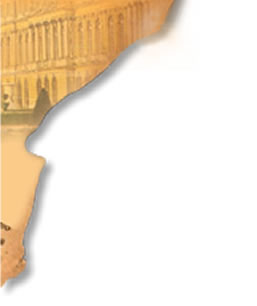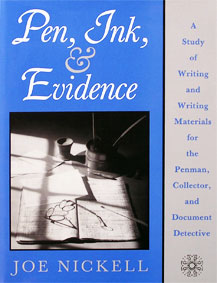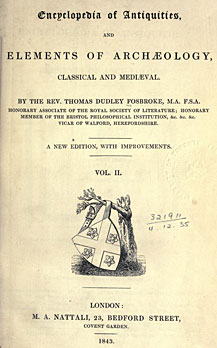Historical Use of Sealing Wax
Pen, Ink and Evidence is a good resource that is fun to read and contemplate. The author, Joe Nickell, is a former professional investigator with a world-famous detective agency and he’s also a calligrapher and collector of antique writing materials.
This is from Pen, Ink and Evidence (Oak Knoll Press, 2003), pages 89-90: “..green wax on documents denoted the official Exchequer Court in medieval England. Black sealing wax was long used to seal mourning letters. ‘Bronze wax’ (no doubt containing bronze powder as the pigment) was mentioned by Dickens in an 1837 novel.”
Another resource is the Encyclopedia of Antiquities by Thomas Dudley Fosbroke (1770-1842).
Mr. Fosbroke remarks, “The emperors of Germany used the white from Otto I to Frederic IV, as well as the dukes, prelates, counts, & c. to the thirteenth century. After that the use of it was rare, especially out of Germany. The kings of Great Britain preferred white down to Charles I. Red wax too much resembles the purple and cinnabar of the ancient emperors not to occur in the earliest periods.”
“From the Constantinopolitan emperors, it passed to Frederick Barbarossa. Our William Rufus used it, and it was common to all orders. The emperors and patriarchs of the East used green wax, but the custom in France does not appear to exceed the twelfth century. The Black Prince used it. In England it was confined to commissions and charters. Blue wax is very rare. Black occurs among the patriarchs of the East, some nobles, the grand master of the Teutonic and Maltese Orders, and occasionally in France in the thirteenth century. Mixed colours are more common. In the fourteenth century green wax was bordered with yellow.”




